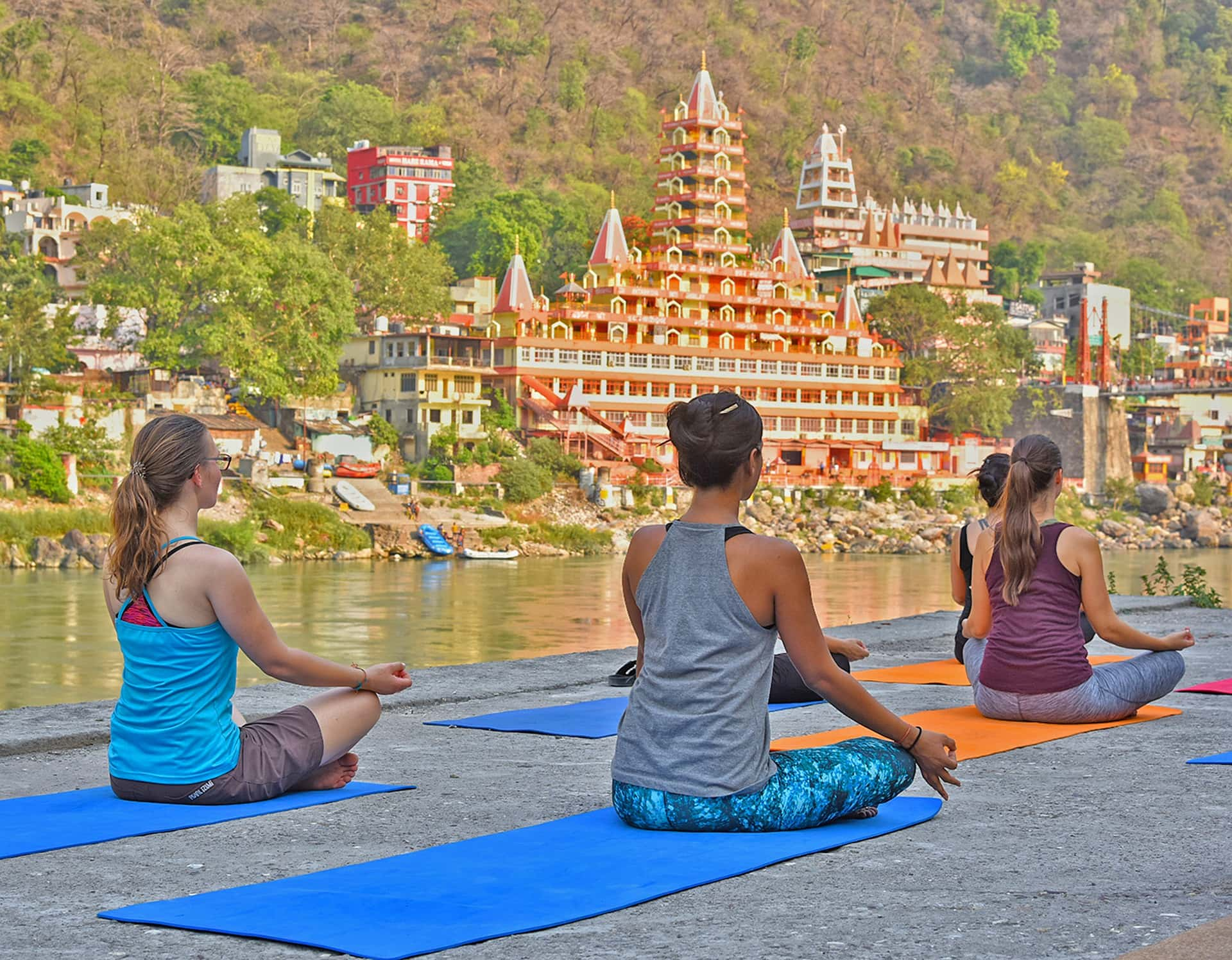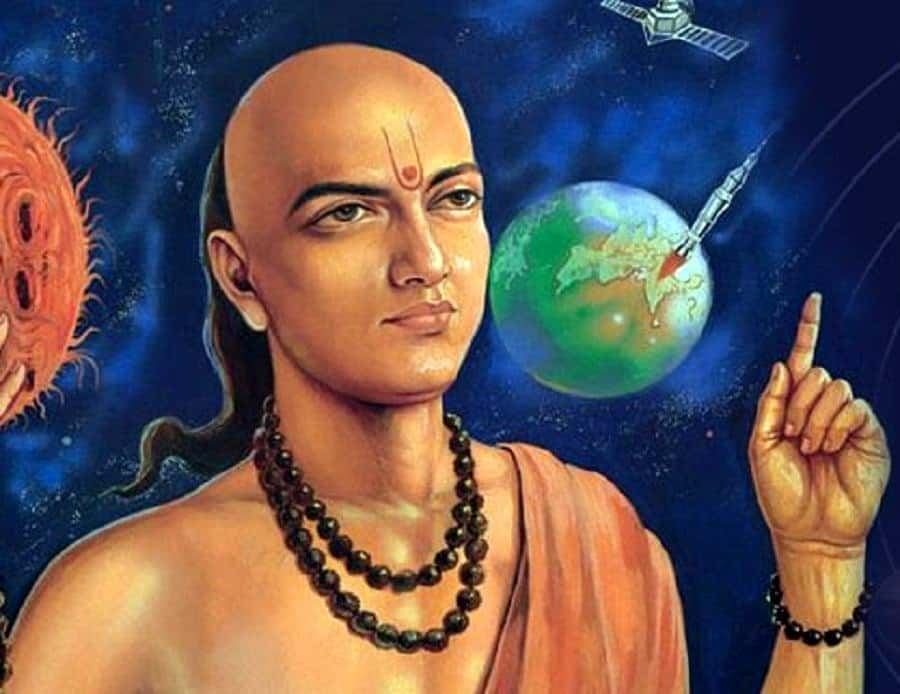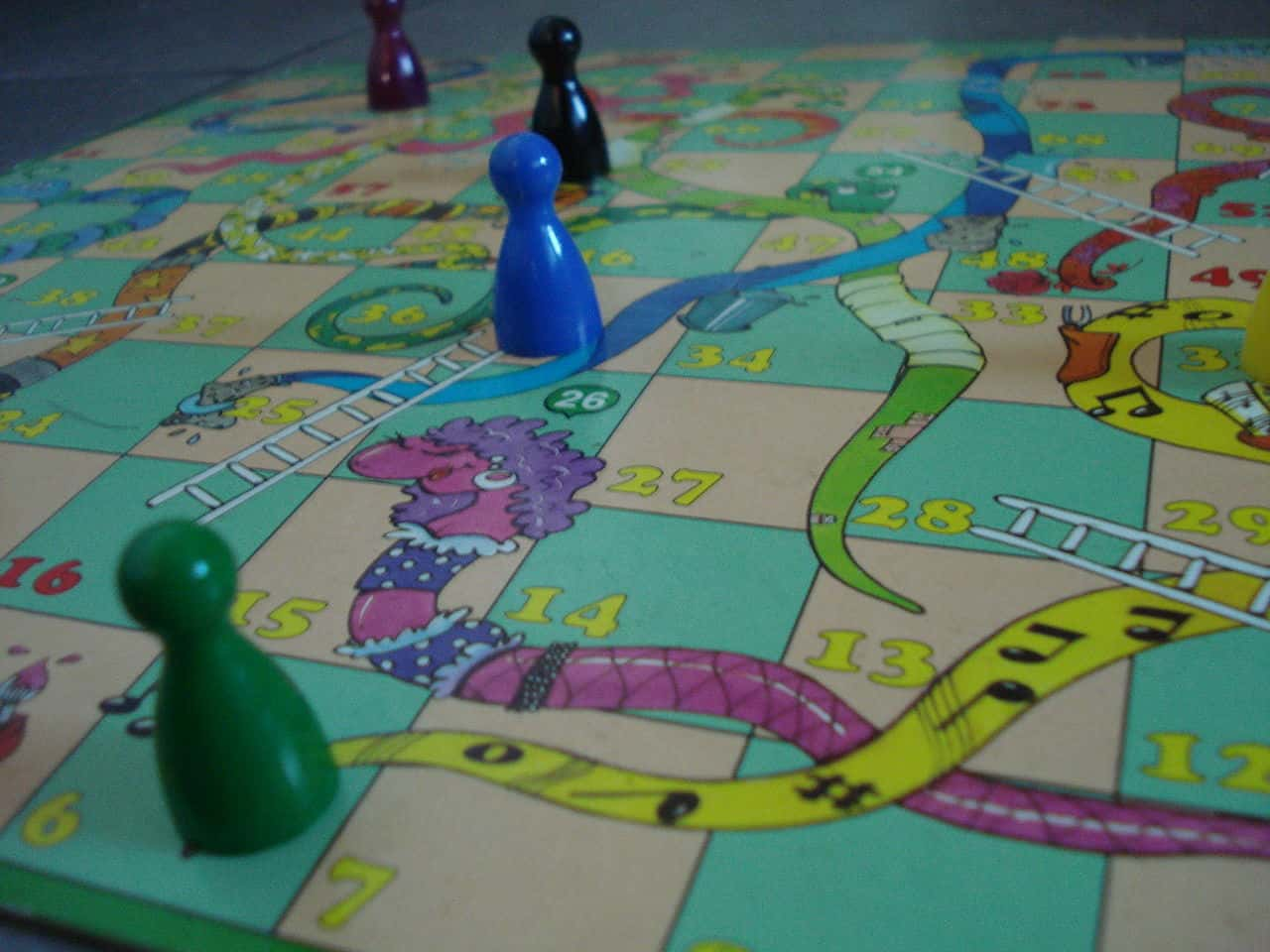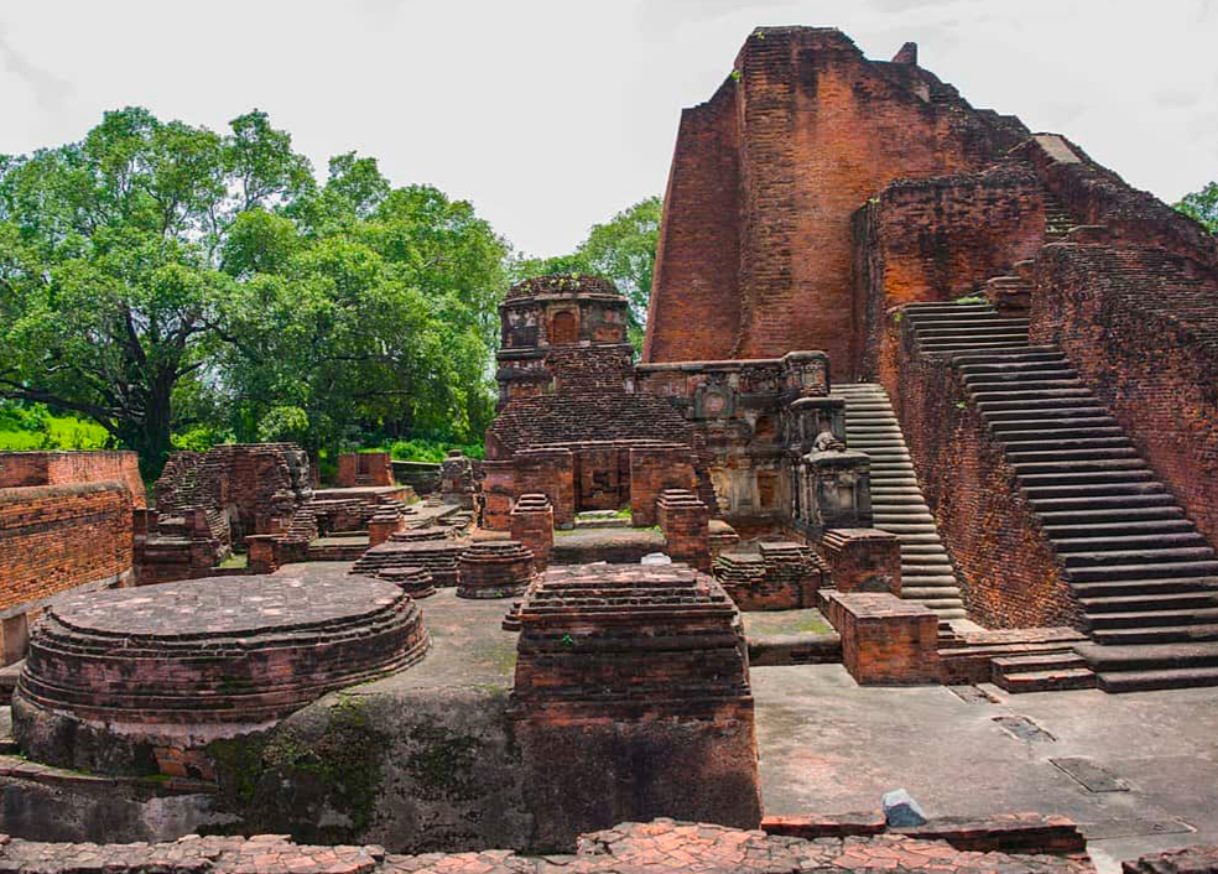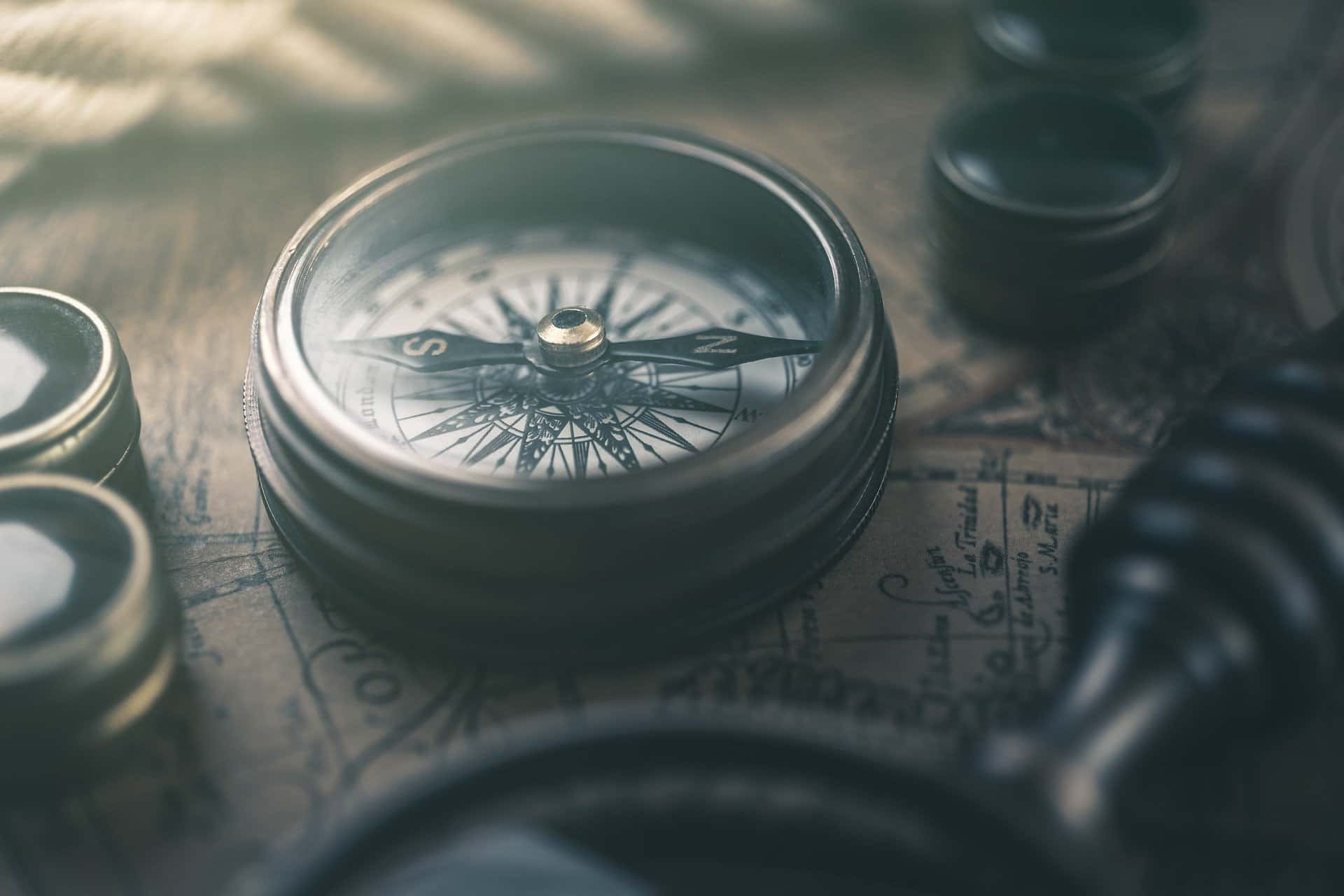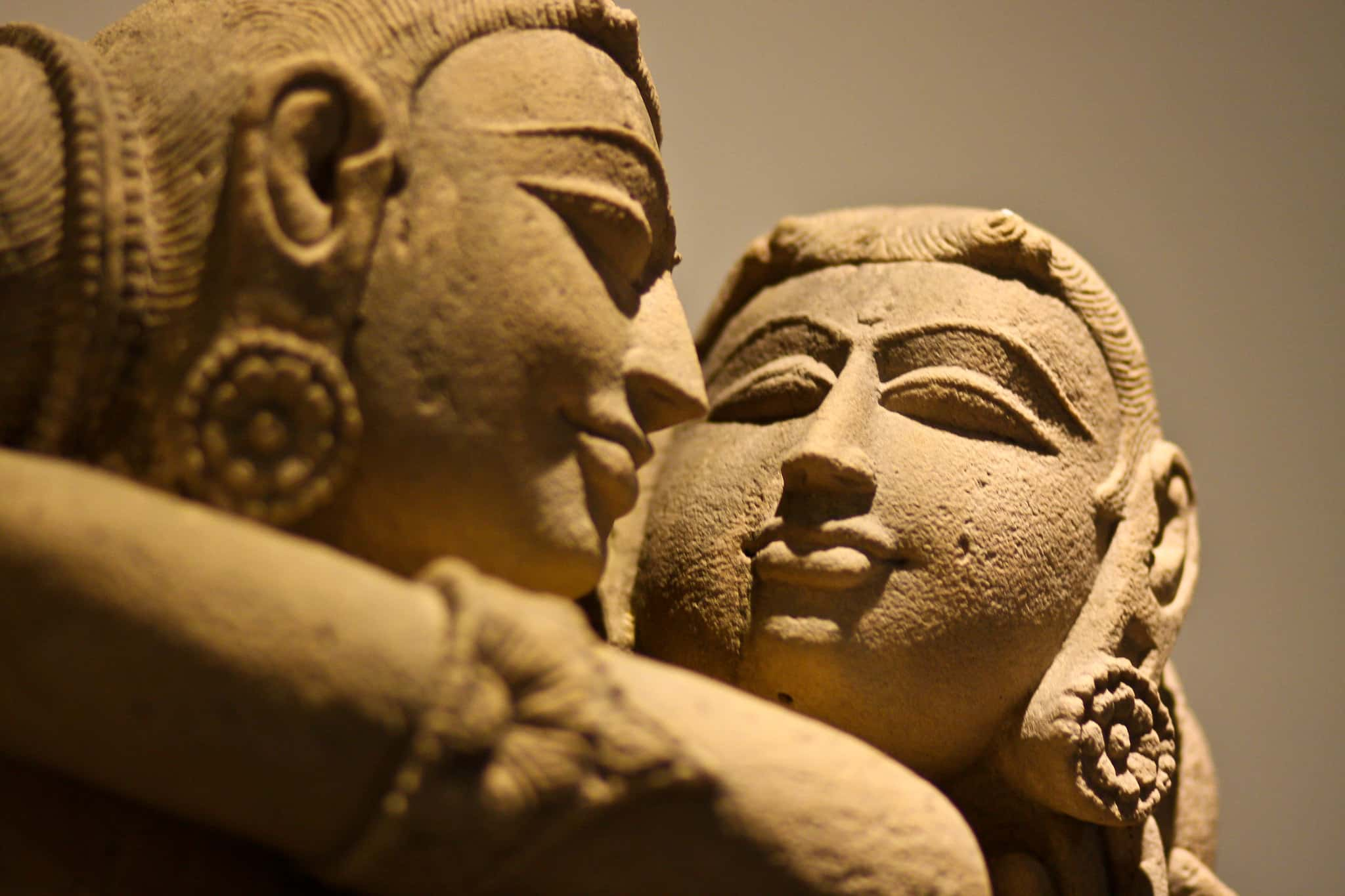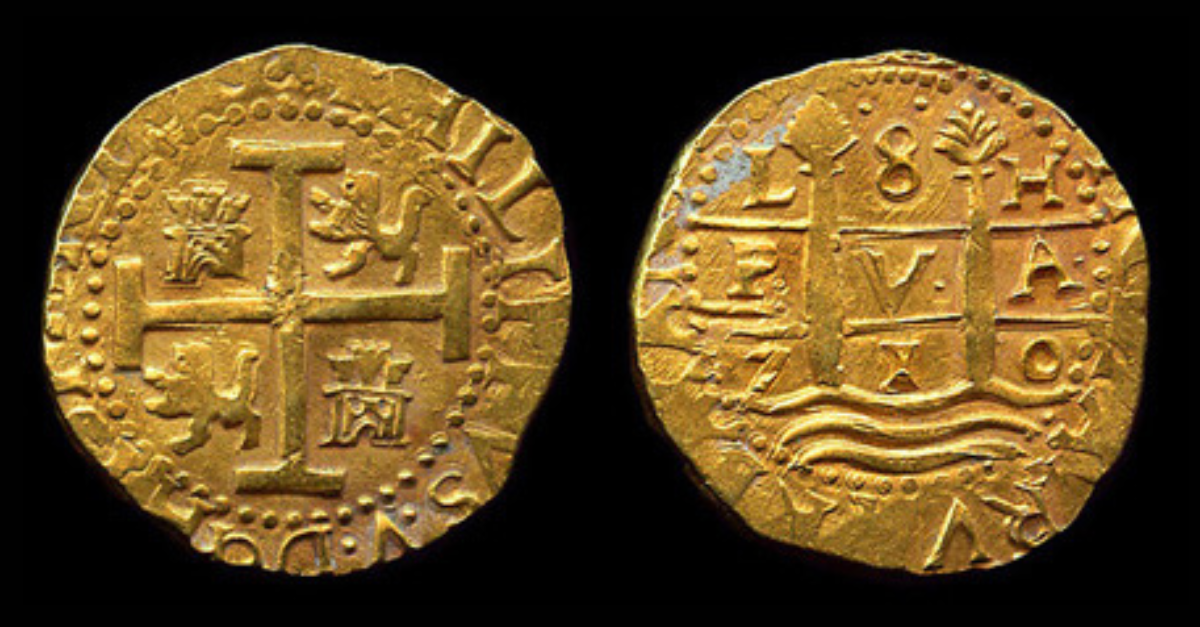Not many places on Earth can trace their civilization back as far as India, and not many civilizations can boast of as many ‘firsts’ as the ancient Indians. The accomplishments of ancient India go well beyond yoga and the K. Sutra—at a time when the rest of the world still hadn’t figured out a good numeric system, India was making major innovations in everything from science & technology to board games that are still relevant today. These 42 facts will give a taste of ancient India’s rich legacy and stunning achievements.
42. Precious Freedom
Though it was common practice in other ancient civilizations, ancient India didn’t use slave labor. According to contemporary Greek historians, all Indians were free. Off to a strong start!

41. Dam It!
The ancient Indians were accomplished engineers. The Kallanai Dam, built in the second century AD, is the fourth-oldest water diversion structure in the world—and it’s still in use today!
40. Girl Power
Women in ancient India had a high degree of freedom and autonomy. Not only were they allowed to discuss topics that nowadays are considered inappropriate, but they also got to choose a husband for themselves from a group of eligible men.
39. Number Crunchers
The ancient Indians were mathematical pioneers and came up with many advanced mathematical concepts before the Europeans did. Their mathematicians invented the number zero, algebra, calculus, and the decimal system, and they even worked out the value of pi.
38. A Cut Above
Thinking about a nose job? Maybe the ancient Indians could have helped you out. Their doctors performed advanced surgical procedures including cataract treatment, cesareans, brain surgery, and even early forms of plastic surgery.
37. Can’t Feel My Face
Surgeons in ancient India even used anesthetic—in the form of booze and cannabis incense. I don’t know about you, but I’ll stick with laughing gas.
36. Move Over Copernicus
Ancient Indian astronomers had a lot figured out. Not only did they work out equations for predicting solar and lunar eclipses, but scientific texts also show that they embraced a heliocentric view of the solar system—that means they figured out that the Earth revolves around the sun, and not the other way around.
35. Big Stretch
In the West, we’ve only been lugging our yoga mats around for a few decades, but the practice goes back a lot further in India. Yoga first started being practiced about 5,000 years ago, and the first use of the word ‘yoga’ for this practice appeared almost 2,500 years ago.
34. End of the Line
Ancient India reached its height under a series of indigenous empires. When the Huns invaded, the region became fragmented and susceptible to further invasions from outsiders, and India never re-established a native-ruled empire.
33. Herbal Essence
If you’re having a good hair day, you might have the ancient Indians to thank. They invented a kind of shampoo using herbs and other cleaning ingredients, and it’s thought that the word ‘shampoo’ comes from the Hindi word ‘champo.’
32. Release Your Inner Goddess
The Laksmi Tantra, a Hindu text from circa the 9th to 12th centuries AD, celebrates the mother-goddess Laksmi. The text asserts that all women are made in the form of Laksmi, and should, therefore, be worshipped. I can’t wait to break the news to my husband!
31. Take Me to the River
Hinduism, the religious practice whose origins go back to prehistoric India, was first codified in a series of texts around 700 BC. The word ‘Hindu’ comes from the Indus River, which is an important river for worshippers.
30. Knowing Your Place
The caste system first appeared India’s Vedic Period (1,700-150 BC). Society was divided into four classes: Brahmana (priests and scholars), Kshatriya (warriors), Vaishya (farmers and merchants), and Shudra (laborers). Though at first the classes just reflected people’s careers, they eventually became hereditary and strictly divided—thus inspiring countless Bollywood romance plots.
29. A Girl’s Best Friend
Where would jewelers be without ancient India? Diamonds were first mined around 700 BC in India. After that, no country could beat India in diamond production until the 18th century AD. Oooh, shiny!
28. Challengers Have Appeared
Originally, ancient Indians followed the Vedic religion, which we know as Hinduism. Buddhism and Jainism both arose between 600 and 500 BC and they soon became major religions—today, a little over 1% of the Indian population practices Buddhism or Jainism, but Hinduism is still tops, with 80% of the population practicing.
27. Early Birds
The Indus Valley Civilization, a Bronze Age culture that existed from 3,300 to 1,300 BC, is one of the three oldest civilizations in the world. The people of this society were advanced in math, science, navigation, and the extraction of ore.
26. Flush It Down
The Indus Valley Civilization was advanced in many respects, including the bathroom. Almost every house in their settlements had toilets with running water that drained into a sewage system, making them the earliest flush toilets.
25. You Won’t Feel a Thing
The ancient Indians were even pioneers in dentistry. The oldest evidence of dental drilling practiced on a living human comes from India, 9,000 years ago. This also tells me that people have been afraid of the dentist for 9,000 years.
24. No Flat Earthers Here
The Greeks might have gotten there first, but the ancient Indians independently figured out the circumference of the Earth with remarkable accuracy. The scientist Aryabhata figured out that our planet rotates on an axis, and worked out Earth’s circumference as 39,736 km. He was only off by 339 km!
23. Take That, Newton!
The ancient Indians also came up with some of the first theories of gravity. In the 6th century AD, Aryabhata used gravity to explain why things don’t fly off the surface of the Earth as it spins.
22. Chaturanga Masters
The game that we know as chess is thought to have come from the ancient Indian game chaturanga. Invented 1,500 years ago, chaturanga features foot-army that move like chess pawns, a Raja that moves like the king in chess, and a horse that moves like the knight in chess. Not all the pieces are identical to chess, though—for example, instead of bishops, chaturanga uses elephants.
21. Fun & Games
Is chaturanga too complicated? You could always play another ancient Indian game, mokshapat—also known as ‘snakes and ladders’. Originally, the snakes represented vice and the ladders represented virtue, and the purpose was to make it up to heaven. I love when games have a good moral.
20. Natural Fabric
The ancient Indians were the first to cultivate cotton, around 3,000 BC. By 1,000 BC, cotton fabric was being used all over India, and they had developed cotton-spinning methods that would remain in use until industrialization came along.
19. Reduce, Reuse, Recycle
The city of Harappa, in modern-day Pakistan, was a major center in ancient India—in 2,000 BC, it had about 30,000 inhabitants. Unfortunately, archaeologists can’t learn too much about Harappa now, since British colonists took the city’s stones for their own construction projects in the 1800s.
18. Ancient Sci-Fi
An ancient Indian story introduced the concept of cloning. The epic Mahabharata, parts of which were written almost 2,500 years ago, features a woman named Gandhari who has 100 children. They are conceived by splitting an embryo into 100 parts and putting all the parts into containers to grow.
17. Coin a Phrase
The first ancient Indian coins were made about 2,500 years ago. The word ‘rupee’ comes from the Sanskrit word for a shaped coin, ‘rupya.’
16. Higher Learning
The first university in the world was founded in Takshashila, India, around 700 BC. It offered over 60 subjects and educated over 10,000 students. Another of the earliest universities, Nalanda (founded in 427 AD), attracted scholars from as far away as China and Greece. I wonder if India also invented student loans.
15. Kind of a Big Deal
At its height, India’s Mauryan Empire (322–187 BC) covered 5,000,000 square km (approx. 1,930,510 sq. miles) and ruled over 50 to 60 million subjects, making it one of the largest empires in the world. The Maurya Dynasty of emperors got its start when Chandragupta Maurya drove Alexander the Great’s governors out of the Indus Valley.
14. We Are Family
Sanskrit, the lingua franca of ancient India that is still used today in certain contexts, dates back to the 2nd millennium BC. Sanskrit is part of the Indo-European language family, meaning it’s related to English, Russian, Italian, Persian, and dozens more languages.
13. Watch Your Language
Classical Sanskrit, the language of ancient India’s learned classes, was standardized around 500 BC when a grammar was published for the language. This version of Sanskrit is still in use today, and there is a movement in India to bring the language back to prominence.
12. Finding Their Way
The art of navigation first appeared 6,000 years ago, and it was used to sail the Indus River. The word ‘navigation’ even comes from the Sanskrit word ‘Navgatih.’
11. Sticking With Tradition
Traditional Indian medicine, called Ayurveda, started to be practiced about 5,000 years ago. At first, practitioners passed the system down orally but eventually, they wrote it down, and it still survives to this day: 80% of the population of India still use Ayurveda in some form.
10. It’s All Greco-Indian to Me
After Alexander the Great extended his Macedonian Empire into India, there was an influx of Greeks that spurred significant cultural exchange with India. Greek-style cities started to pop up in India at this time, temples put up statues of the Buddha wearing Greek clothes, and some Greek immigrants even converted to Buddhism.
9. Indian Numerals
We call our current number system ‘Arabic numerals,’ but that’s a bit of a misnomer. The modern number system did come from the Arabs, but they got their numbers from ancient India. Symbols for the numbers one to nine appeared in India around 500 BC.
8. Metalheads
The ancient Indians were innovative metallurgists, who started working with iron as early as 1,800 BC and developed a method for producing steel around 300 BC. India first started extracting zinc around 400 BC, too, and they were the first to produce it on an industrial scale.
7. We Go Way Back
Humans first appeared on the Indian subcontinent over 250,000 years ago, making it one of the oldest inhabited places in the world.
6. Getting Antsy
Ancient Indian surgeons found an all-natural—and really gross—method to stitch up wounds. Since surgical staples didn’t exist yet, they used Bengali ants, which have strong jaws that clamp tightly shut. Doctors would hold the ants up to the wound, and once the ants had chomped down, they would cut away the body to leave just the jaws holding the wound closed.
5. Born-Again Buddhist
One Mauryan emperor was Ashoka the Great, who ruled from 269 to 232 BC. When he conquered the city-state of Kalinga, over 100,000 people passed. Shocked at the toll, Ashoka turned to Buddhism, and his religious donations depleted the imperial treasury. The empire declined after Ashoka’s passing because of his excessive philanthropy.
4. All That Glitters
The ancient Greeks knew about India, but they had little contact with that region before Alexander the Great and considered it the edge of the habitable world. The historian Herodotus, apparently working from travelers’ accounts, wrote that India had giant, furry ants that dug up gold dust which the locals would then take. Had those travelers been using some of the aforementioned ancient Indian anesthesia when they told him that?
3. When Life Throws You Lemons...
The K. Sutra, one of the most famous literary works from ancient India, isn’t just about intercourse; Kama means desire, which goes beyond the bedroom. Out of the seven books, only one talks about intercourse and the rest cover such useful topics as how to make money, how to teach a parrot to talk, and how to make lemonade. Uh, I swear I just read it for the lemonade recipes.
2. Chowing Down
The K. Sutra was written around the 2nd century AD, but the text draws on much older traditions. It covers a wide range of sensual techniques, including various Sensual positions, moaning, and biting. I hope it’s very clear about where not to bite!
1. Show Your Pride
The K. Sutra describes man to man relationships between both men and women, and it says that same gender partners at that time could live together and even get married. The text also includes a third gender, encompassing those who are neither male nor female. Sounds pretty modern to me.
Sources: 1, 2, 3, 4, 5, 6, 7, 8, 9, 10, 11, 12, 13, 14, 15, 16, 17, 18, 19, 20, 21, 22, 23, 24, 25, 26, 27, 28








